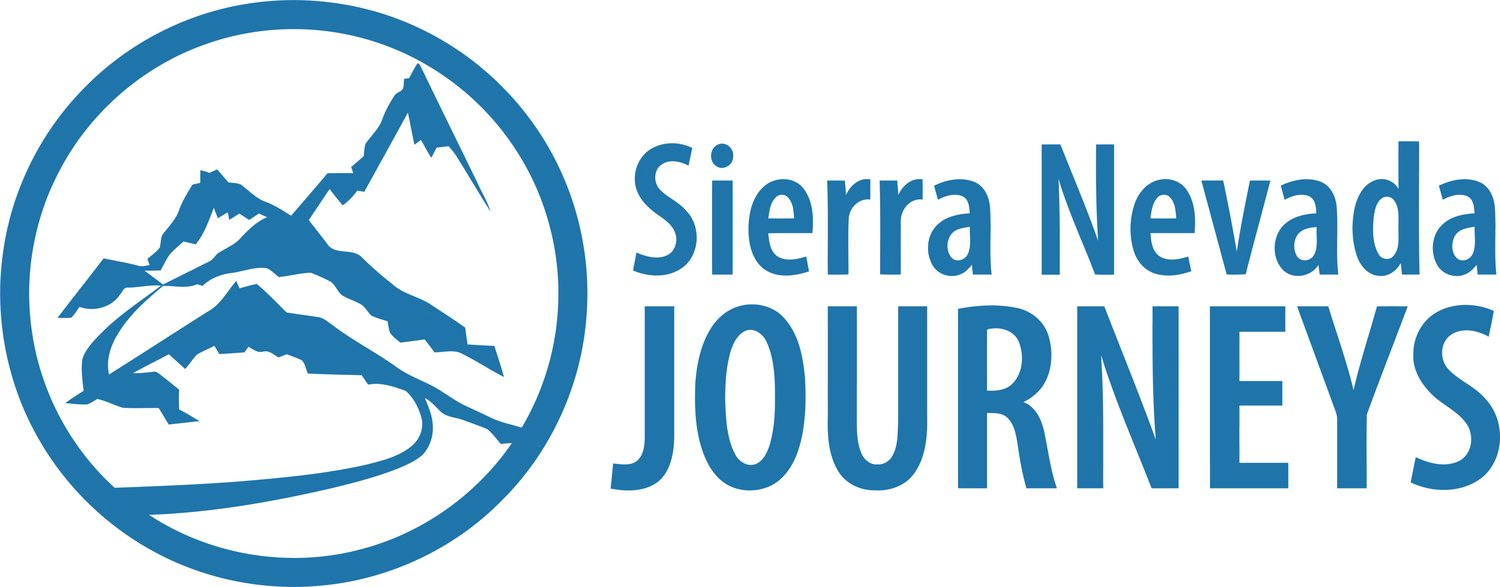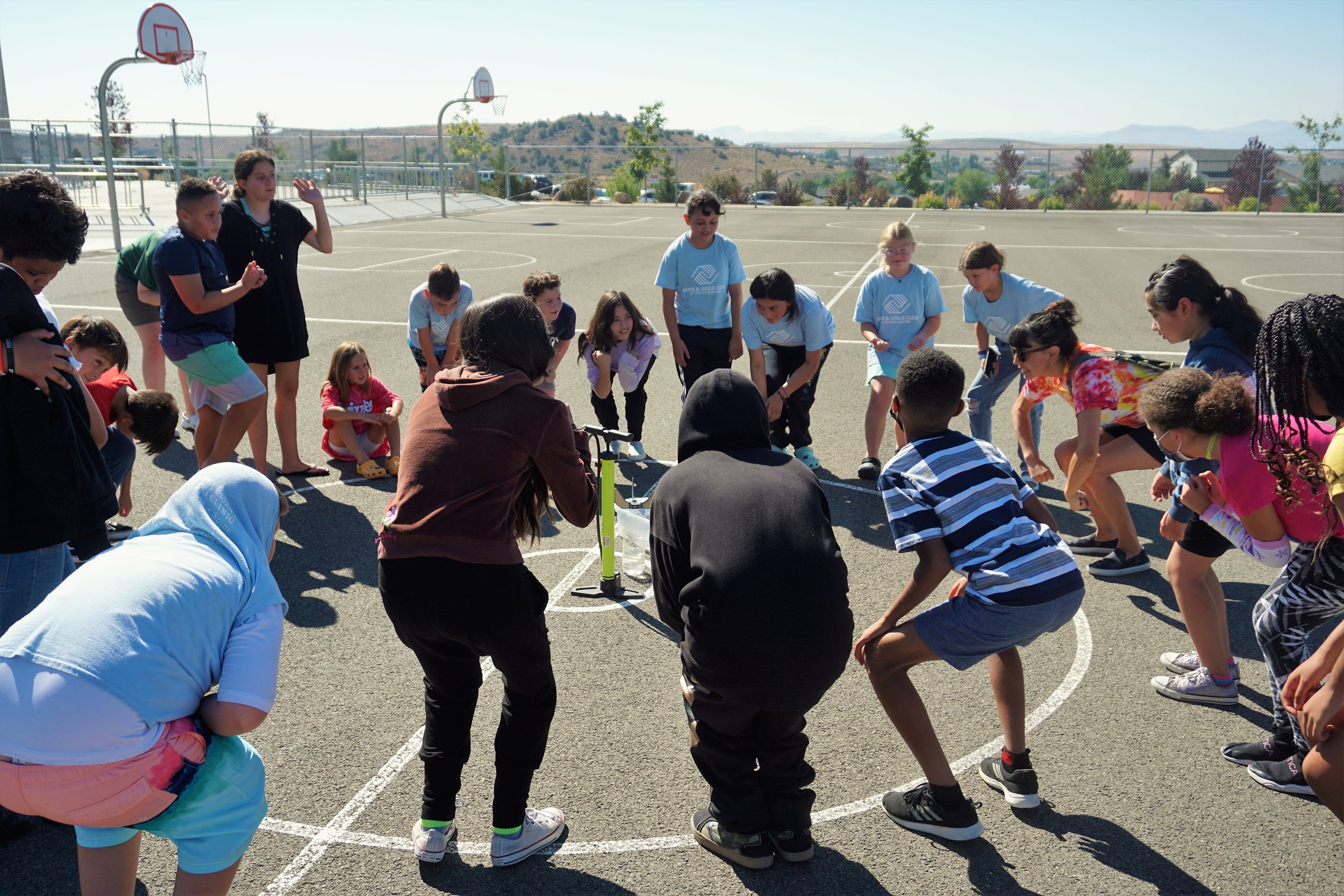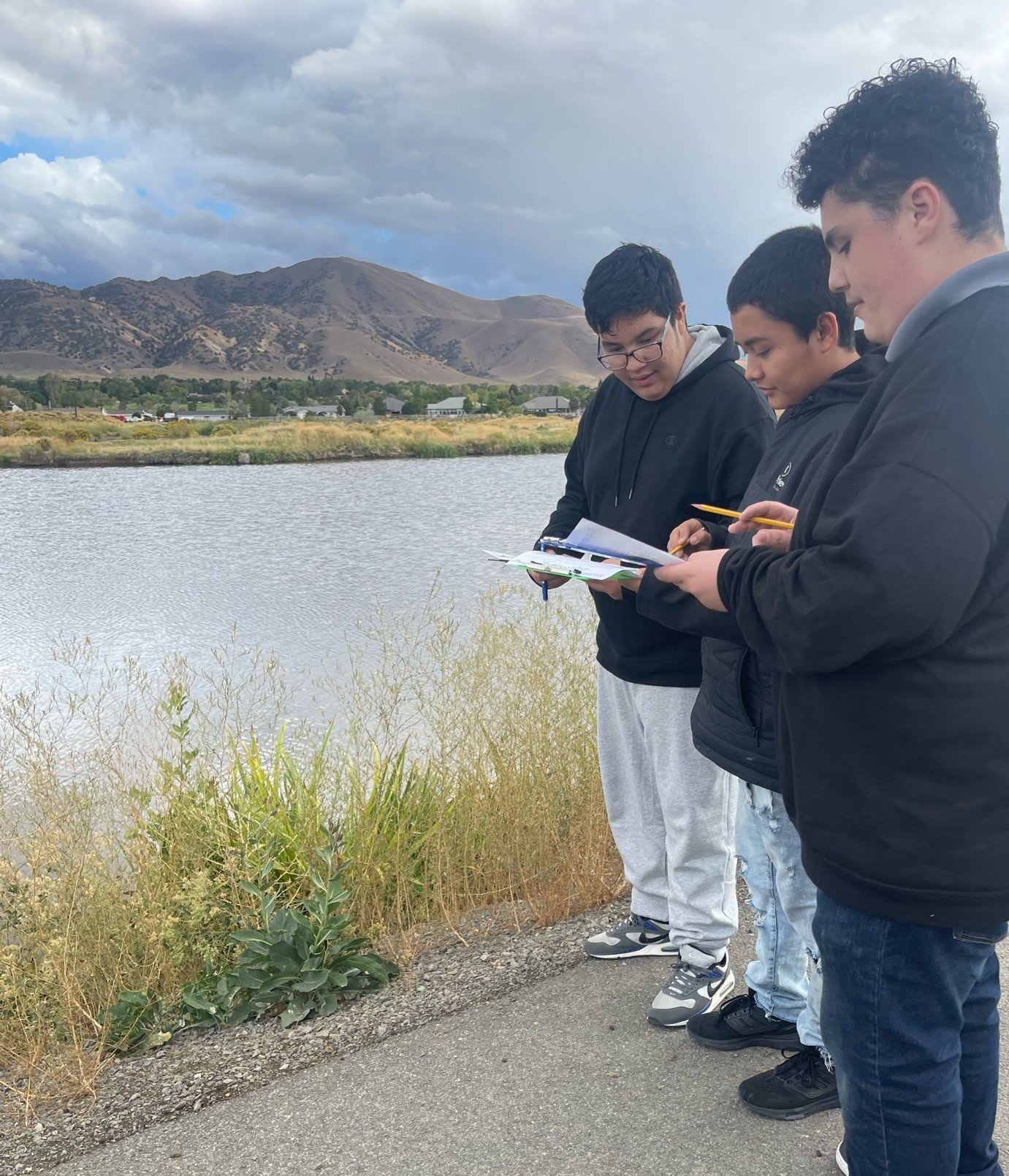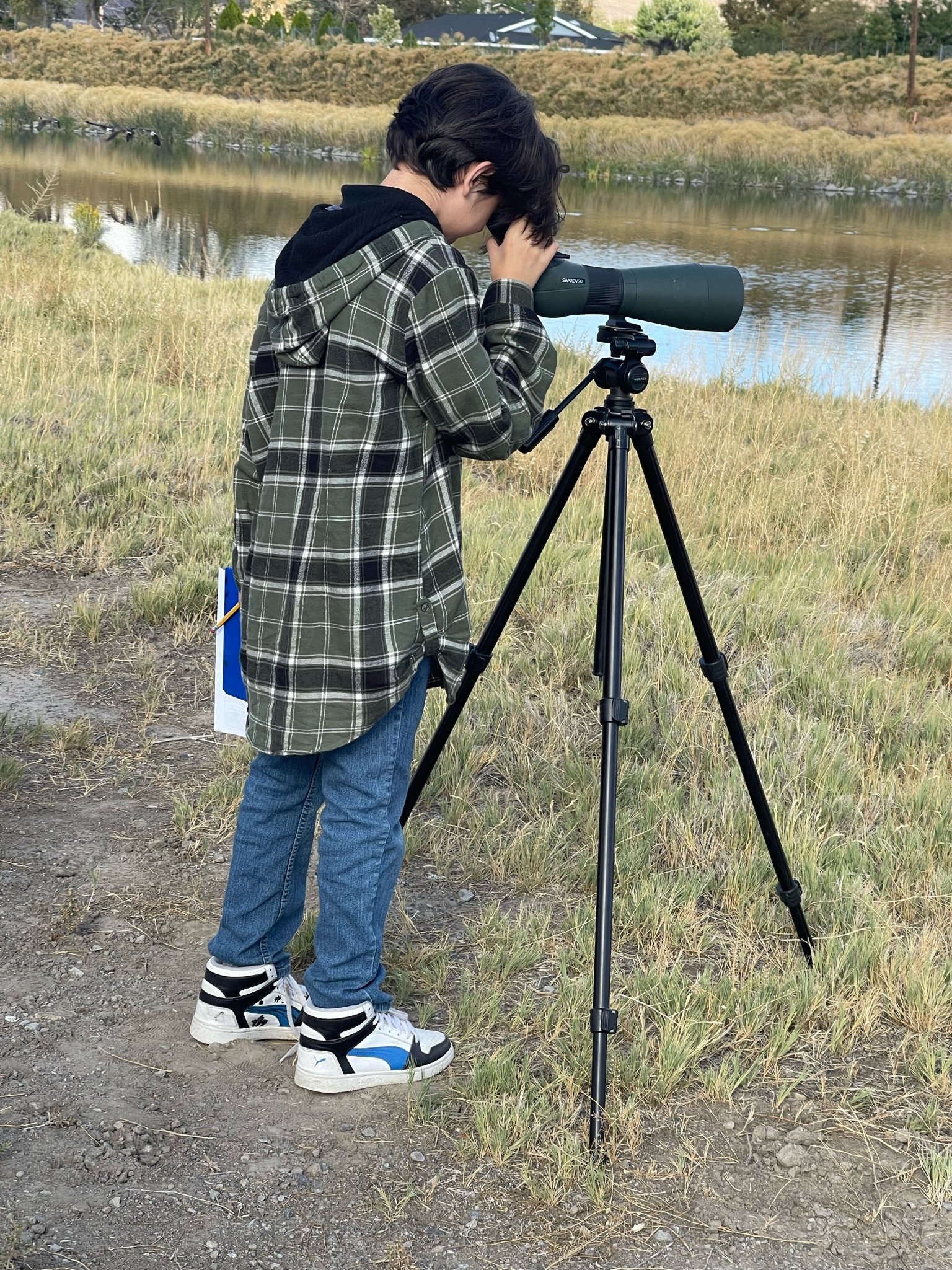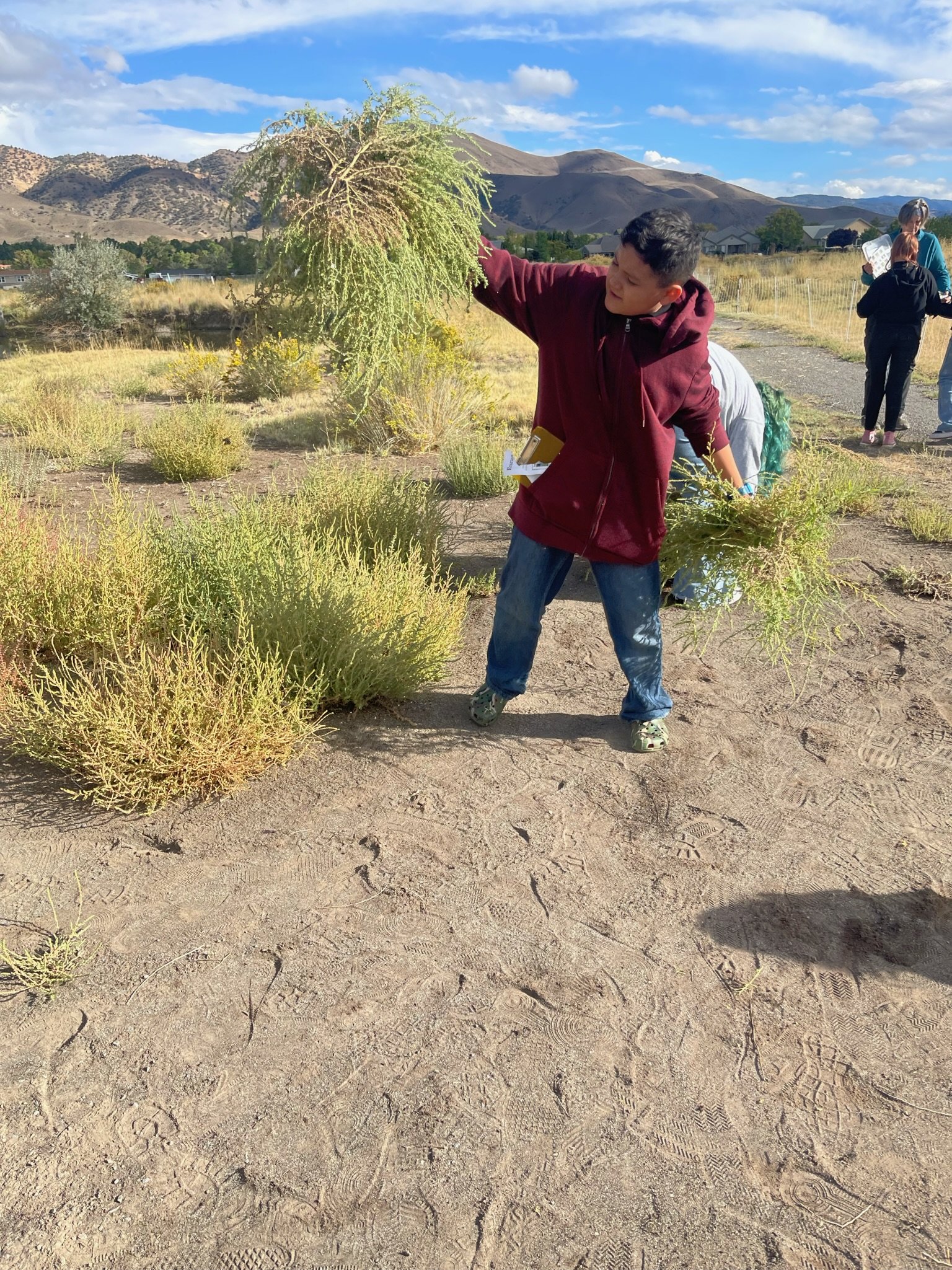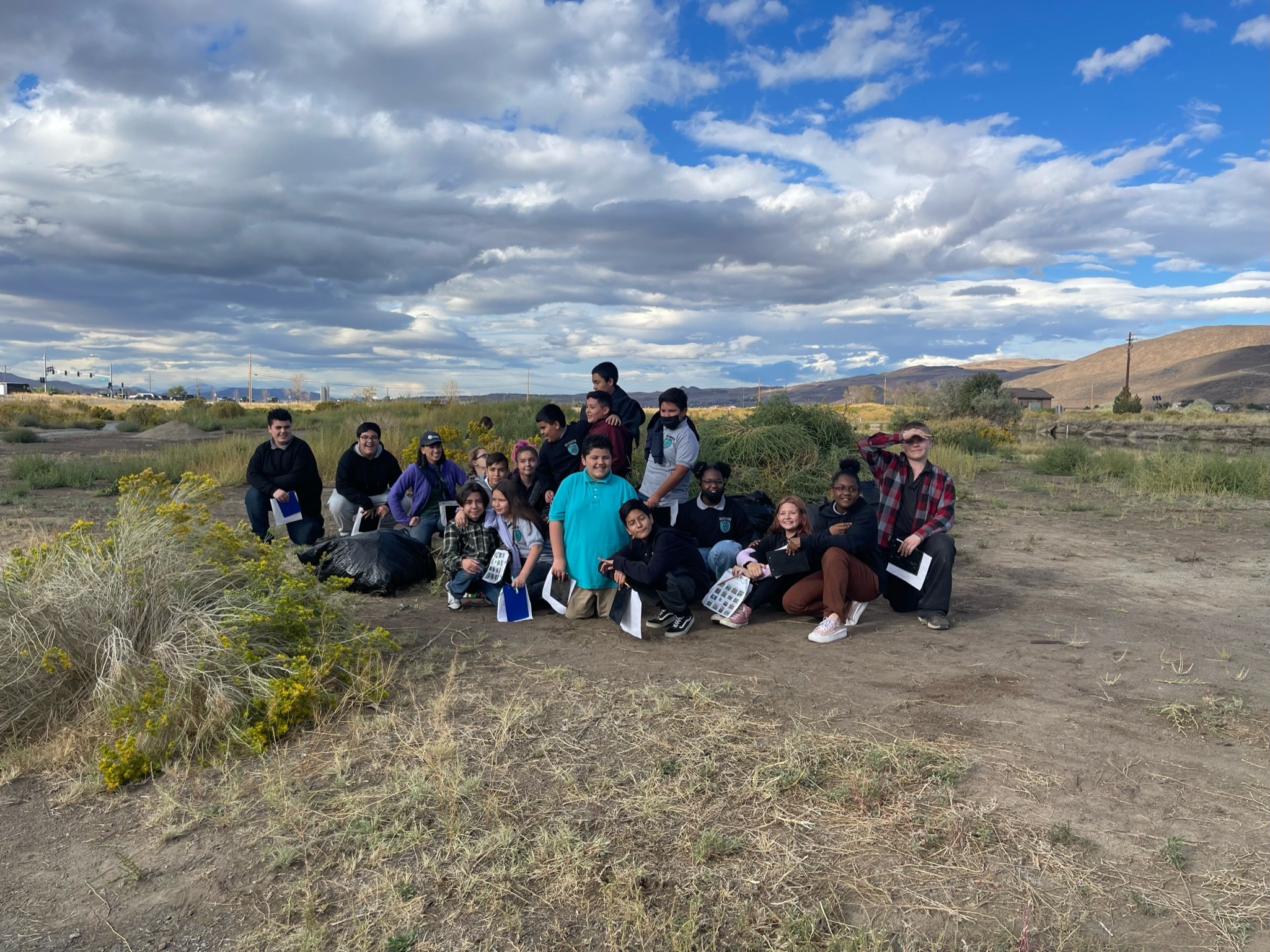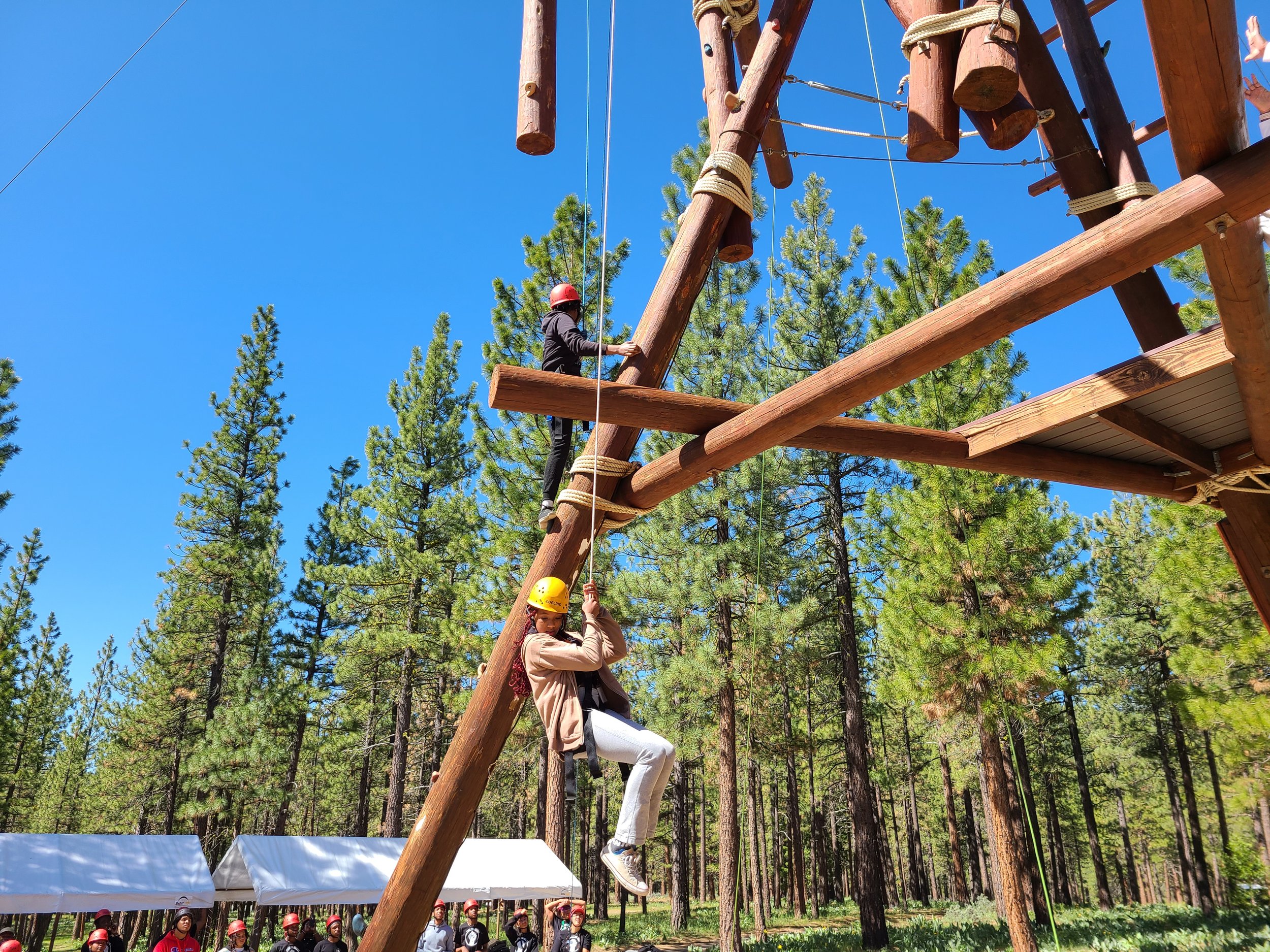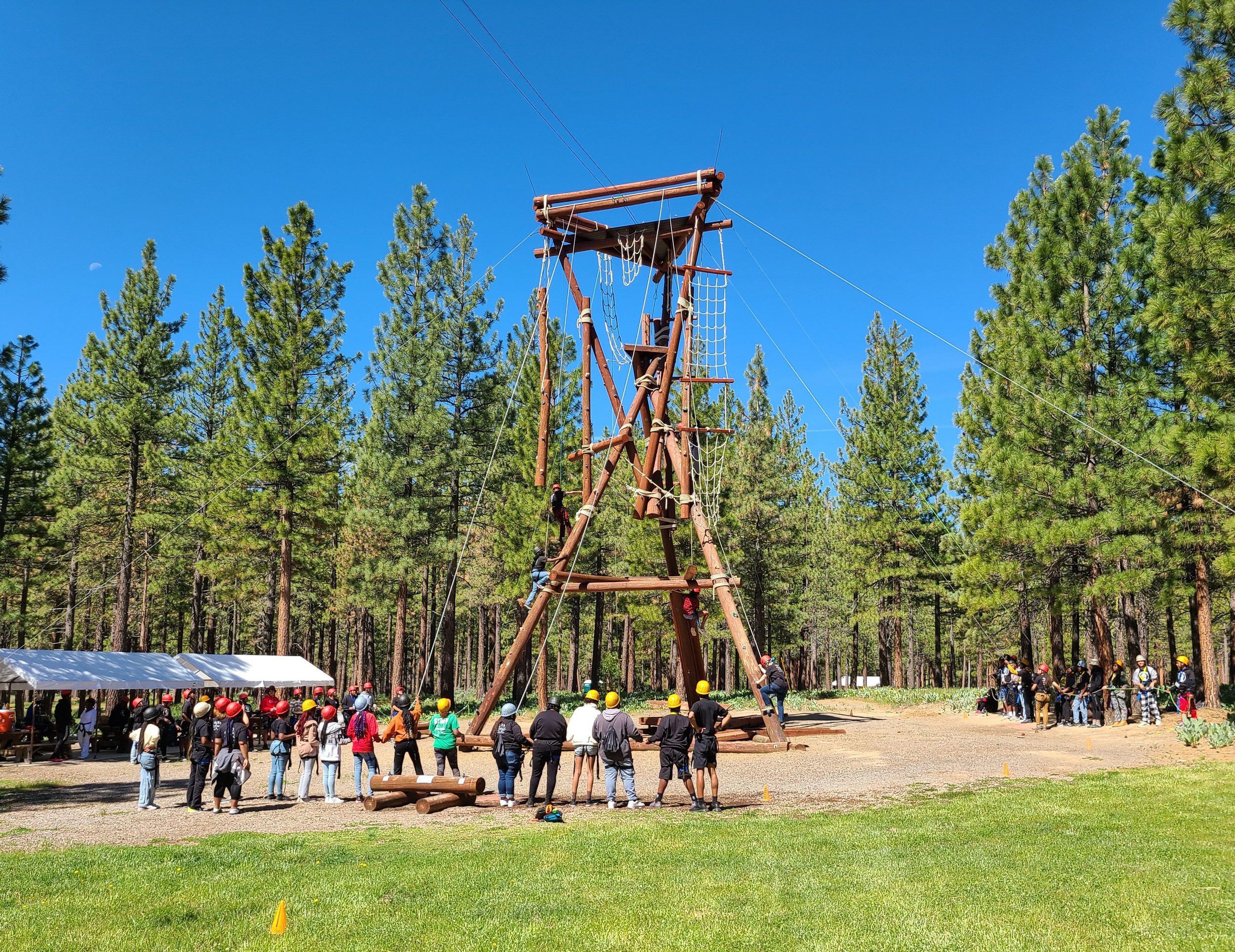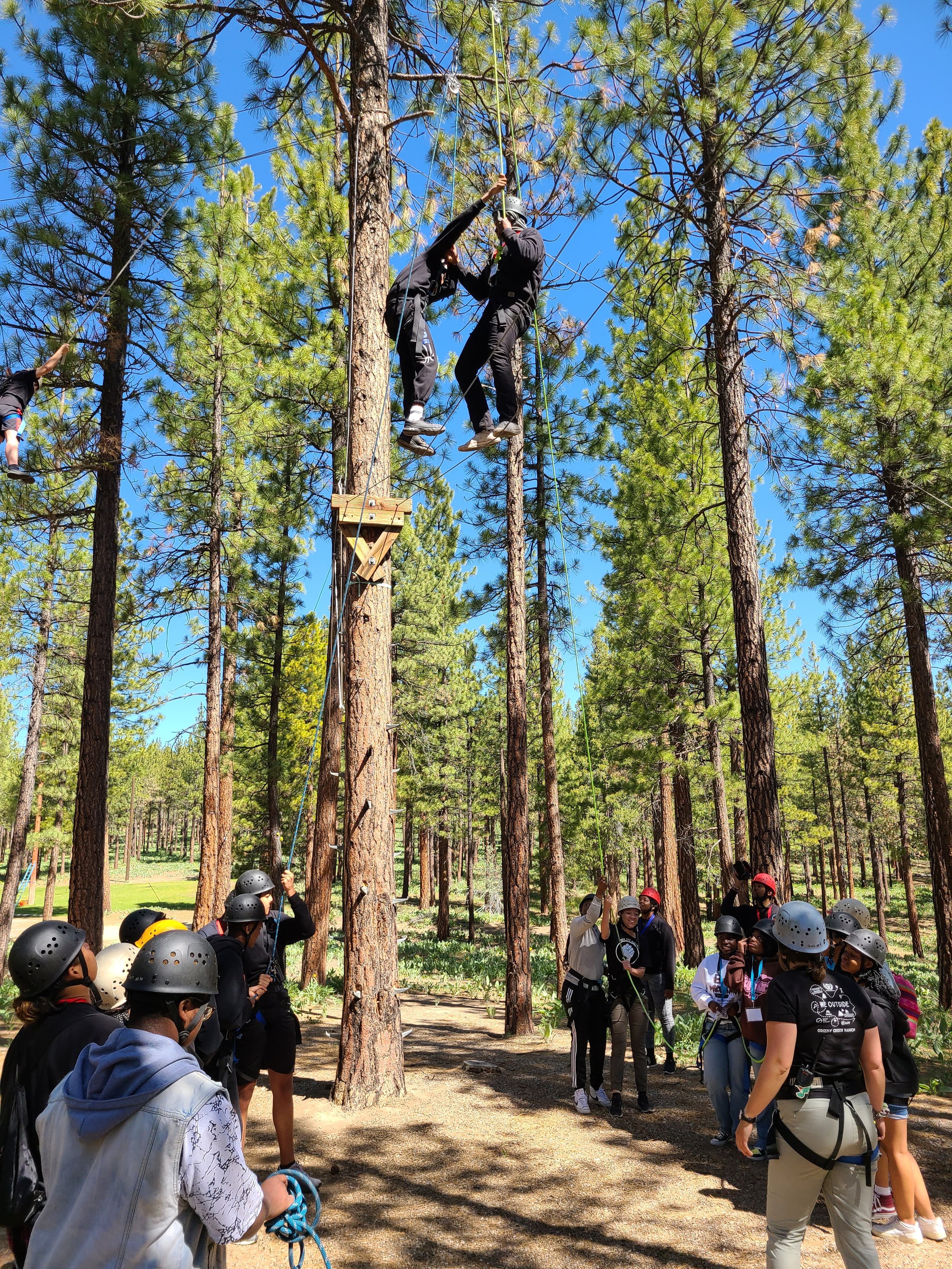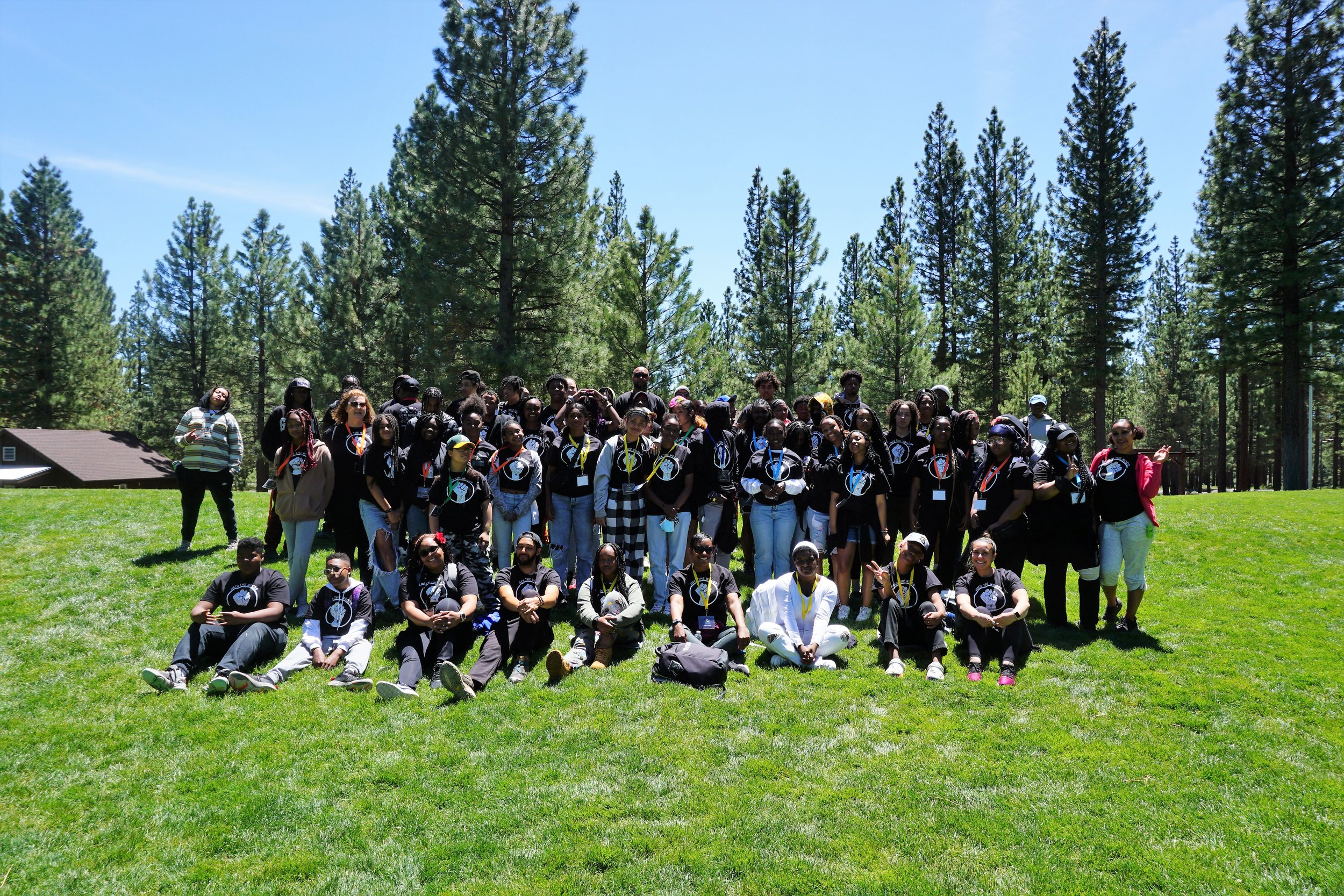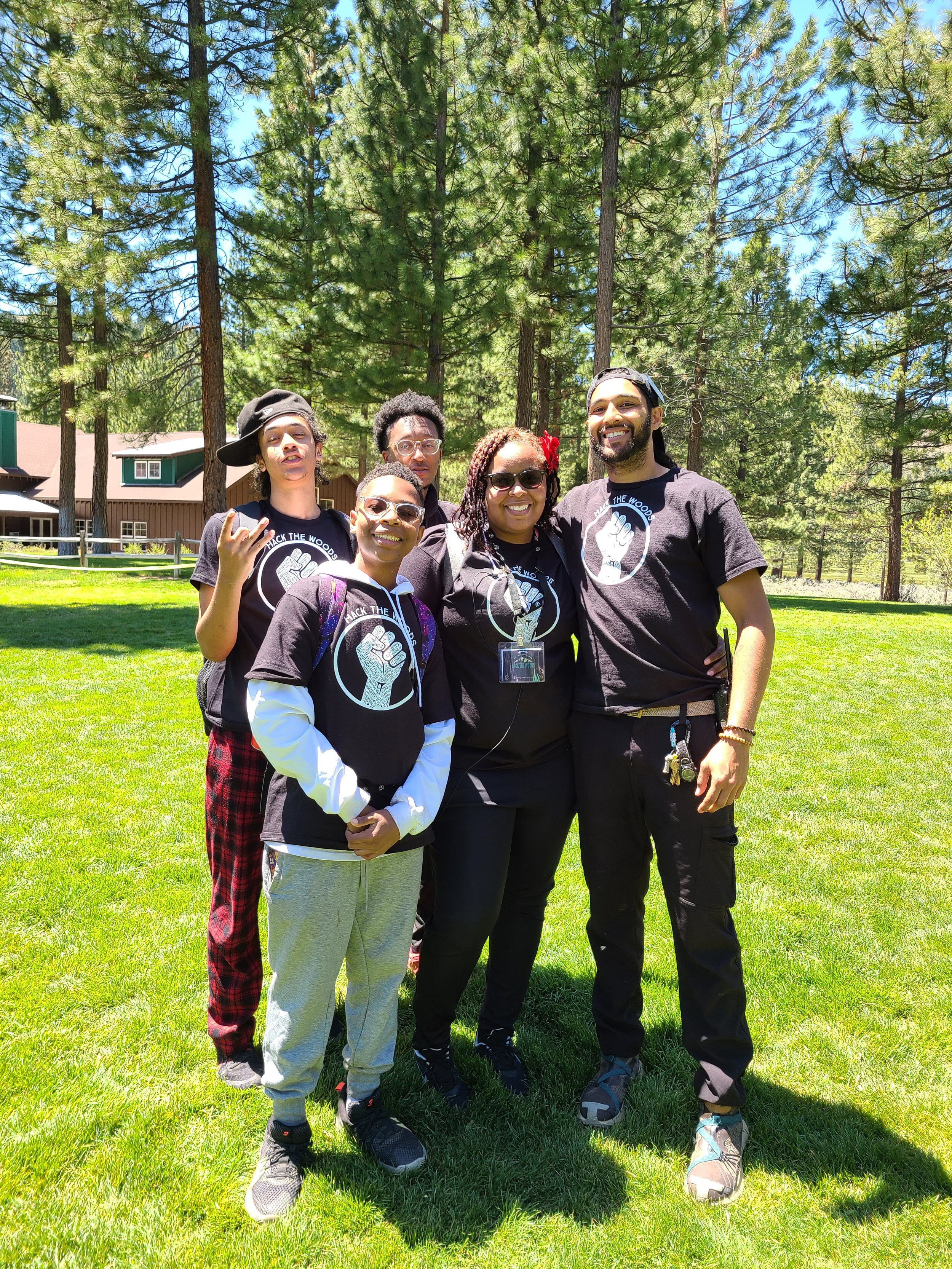Students learn about atmospheric pressure with rocket launch experiment
Three new schools will get to enjoy the many academic and social benefits of the STEM Explorers program thanks to a generous $177,655 American Rescue Plan Act (APRA) grant: Desert Skies Middle School, O’Brien - STEM Academy and Sparks Middle School.
The program will help fill an educational equity gap at the three schools in underserved areas and provide continuity of programming as students transition from middle school to high school. The STEM Explorers program has proved to increase science literacy and test scores across all subjects as youth engage in hands-on experiences in science, technology, engineering, and math. The program also includes a social-emotional learning (SEL) component with activities that increase resiliency and belonging among peers and aids in self-awareness, mutual respect, collaboration, and mental well-being.
Students will also have the opportunity to attend the Overnight Outdoor Learning, science camp at the end of the school year where they experience nature first-hand while learning and growing emotionally and socially.
Sierra Nevada Journeys chose to bring the program to these three schools based on their demonstrated need, geographic location, engaged and interested leadership, and the schools’ capacity to expand resources. The Family Stability Collaborative conducted listening sessions held by Washoe County School District Parent University at each site. At all three schools, families, students, and teachers said they wanted after school opportunities – especially those that actively engage students in academic success and meaningful connections.
There is tremendous opportunity for the STEM Explorers program at the new sites to increase science literacy and bring quality educational and social learning experiences to neighborhoods experiencing barriers to access in terms of income, education, housing and medical insurance coverage.
We look forward to serving the youth at the schools and getting them excited about science, nature, and exploration!
Read more about the creation of STEM Explorers and its initial launch with Boys and Girls Club of Truckee Meadows through BGCTM’s 21st Century Grant. Participating schools include Dilworth Middle School, Sparks High School and Hug High School.
Student study covalent bonds through tie dye
